1. Increased Urination
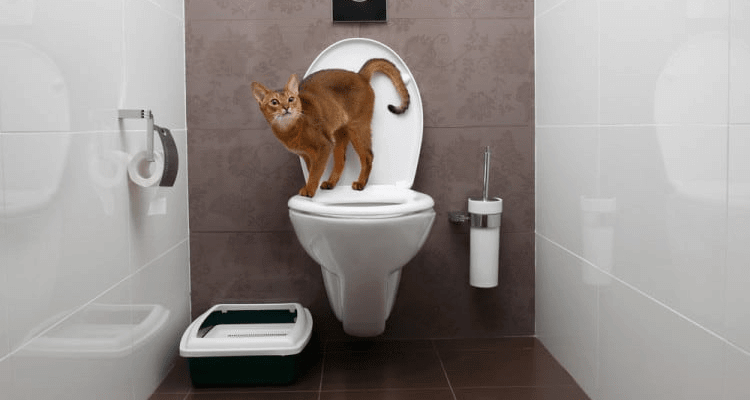
Now, a high level of urination would be the logical result of a cat consuming a lot of water. However, if they aren’t doing this and you notice an increase in urination, then this could be a problem. Your cat needs to replace the water they lose, and if this isn’t happening then the loss of vital nutrients through urination could be extremely detrimental to their health. Increased urination could be a sign of diabetes, so make sure you monitor your cat closely if this is happening.
2. Diarrhea And Vomiting
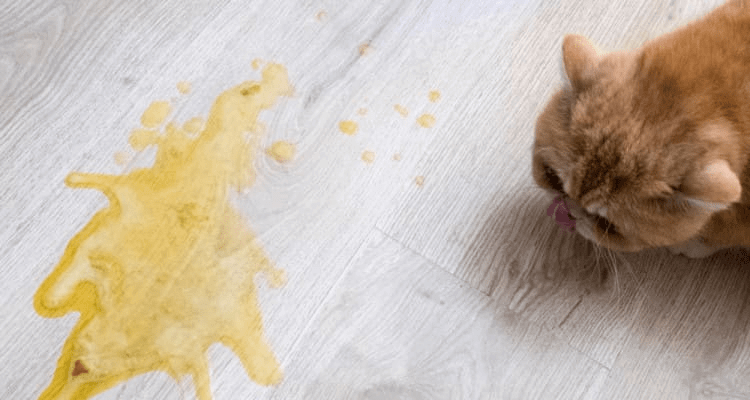
Much like increased levels of urination, bouts of diarrhea and vomiting will cause your cat to lose essential nutrients at an extremely fast rate. Typically, diarrhea and vomiting don’t just happen once, so your cat will need to keep replenishing its system with water to avoid things going downhill. It’s also worth noting that diarrhea and vomiting can also be a sign of serious illness, so act vigilantly if it doesn’t pass in a couple of days.
3. Excessive Panting
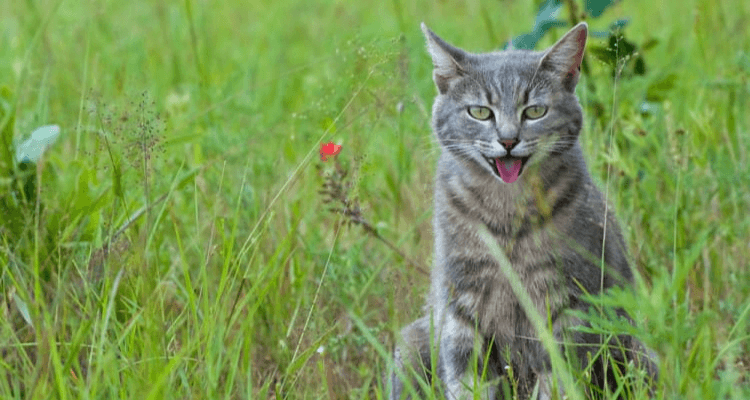
Just like dogs, cats pant to regulate their body temperature as they don’t have sweat glands. While this is usually nothing to be worried about, too much panting can lead to dehydration from the mouth. If you notice your cat panting excessively or unusually then consider consulting your vet, as aside from dehydration, panting can be a sign of overheating and high temperature.
4. Reduced Skin Elasticity
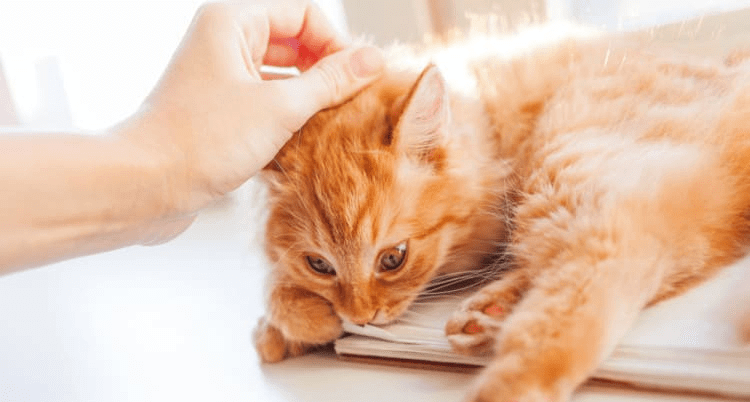
Your cat’s skin is an excellent way of determining if they need to drink more water. A healthy, hydrated cat will have extremely elasticated skin, which will be apparent by gently pulling the scruff of its neck and releasing. If your cat is dehydrated, the skin will stay remain in the position you’ve pulled it in, then slowly recede. Be sure to not confuse dehydration with weight issues however, as overweight or underweight cat might display similar skin elasticity issues.
5. Refusing To Drink
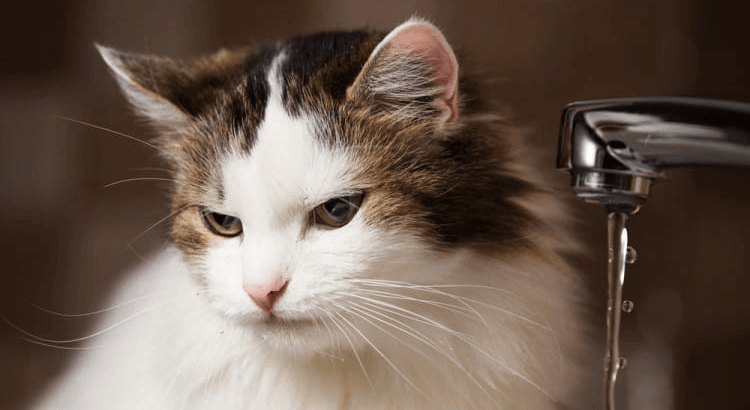
This is probably the most obvious sign out of them all. You will know your cat’s drinking habits, so will likely notice if they’re drinking less water than usual, or even refusing to drink full stop. If you’re unsure, then keeping an eye on their water bowl will help you monitor consumption. While this might be a health issue, it could also be a problem with the water or the bowl itself. Don’t forget to practice good hygiene on behalf of your cat, by cleaning all food and water bowls (and litter trays, etc.) regularly. Also, make sure that their drinking water is clean and remember to replace it throughout the day.
